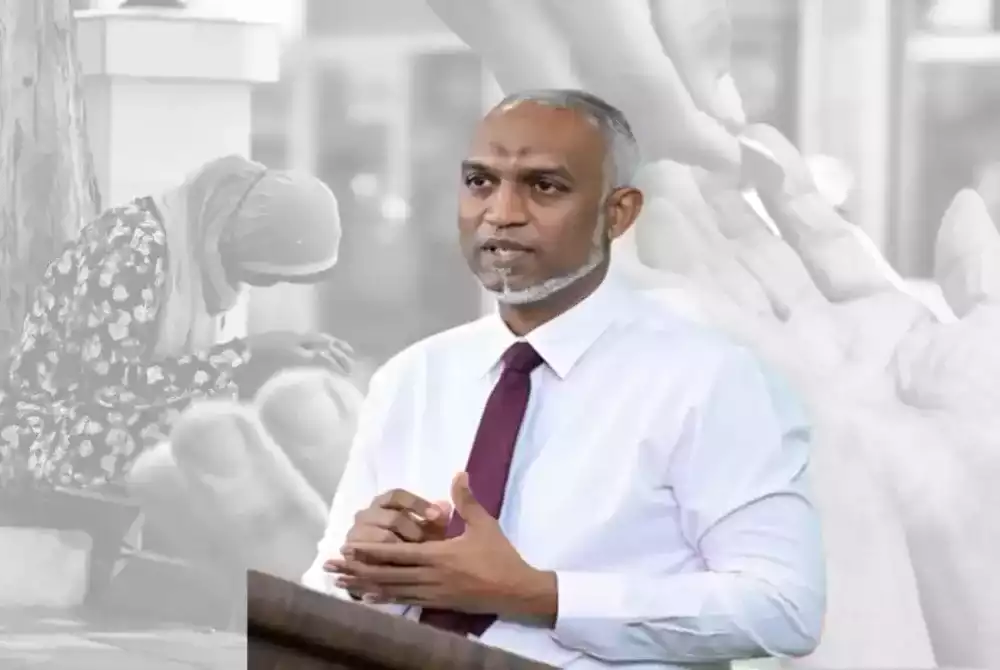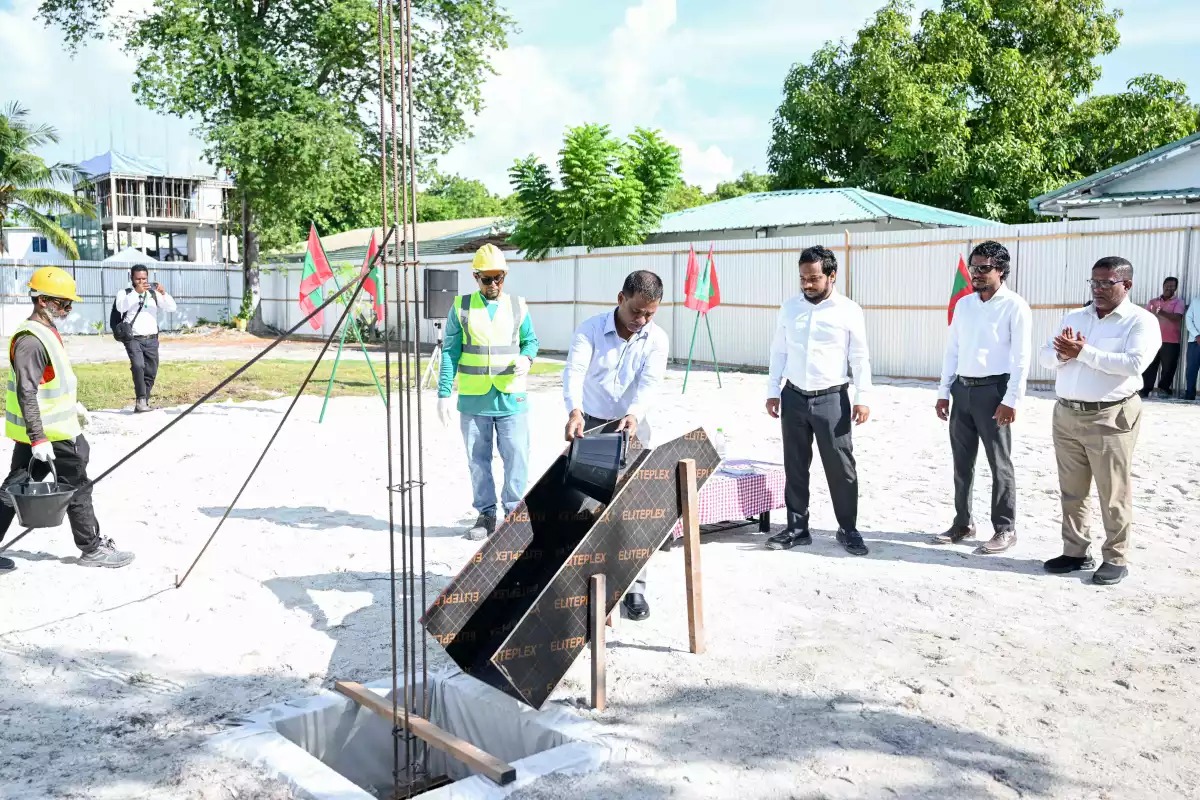The Weekly Fiscal Development Report published by the finance ministry is an official government document, not an opposition statement. The report confirms that, much like last year, development projects have seen little to no implementation in 2025. Moreover, the edition released on 22 October 2025 reveals an even sharper decline in the execution of development projects compared to the previous year.


President Dr. Mohamed Muizzu
With just two months remaining before the end of the fiscal year, it has come to light that the government has utilized only 13 percent of the funds allocated for national development projects, raising serious questions about the current administration’s performance and priorities.
When President Dr. Mohamed Muizzu assumed office, he made sweeping promises to the public, even publishing a “book of promises,” titled “Vaudhunaama”, outlining his development vision. Yet, as the administration nears the end of its second year, most of these promises remain unfulfilled. Many projects initiated under the previous government have been suspended, and few new initiatives have moved beyond announcements and contract signings.
Despite this lack of tangible progress, the president continues to travel across the islands, repeating old pledges and introducing new ones at each stop. His public appearances often resemble campaign rallies, marked by lofty assurances and enthusiastic applause from close associates.
Earlier this year, the president declared that his government would implement more than 2,000 projects between 2025 and 2026, claiming hundreds of agreements had already been signed. He also asserted that many of these projects would be completed by the end of this year. However, on the ground, few projects have begun, and in several cases, work has stopped shortly after commencement, with materials and equipment quietly relocated elsewhere.

While government-aligned voices dismiss public criticism as opposition propaganda, the administration’s own financial data tells a different story. The Ministry of Finance’s Weekly Fiscal Development Report, which details state finances up to October 16, reveals that implementation of development projects remains stagnant and is, in fact, performing worse than last year.
According to the report, total government expenditure stood at MVR 30.48 billion as of mid-October. Of this, only MVR 4.02 billion was spent on capital expenditure, just 32 percent of the MVR 12.56 billion allocated for the year. Spending on infrastructure assets reached only MVR 2.34 billion out of MVR 7.11 billion budgeted, while just MVR 1.15 billion of the MVR 4.19 billion allocated for land and buildings was utilized.
Expenditure on capital equipment amounted to MVR 504.4 million out of an allocation of MVR 711.6 million, and a mere MVR 14.1 million was spent from the MVR 283.3 million set aside for development projects and capital transfers.
These figures, published by the government itself, expose a stark reality: the administration’s much-touted development agenda has largely stalled. Yet officials continue to boast of a budget surplus, a claim that offers little comfort to citizens facing rising costs, reduced services and mounting economic pressure.
Maldivians do not pay taxes and fees merely to see numbers balanced on paper. They expect visible progress, essential services and an improved quality of life. Instead, under this government, even the most basic expectations are unmet, and the cost of living continues to climb, leaving citizens to shoulder the weight of promises unkept.